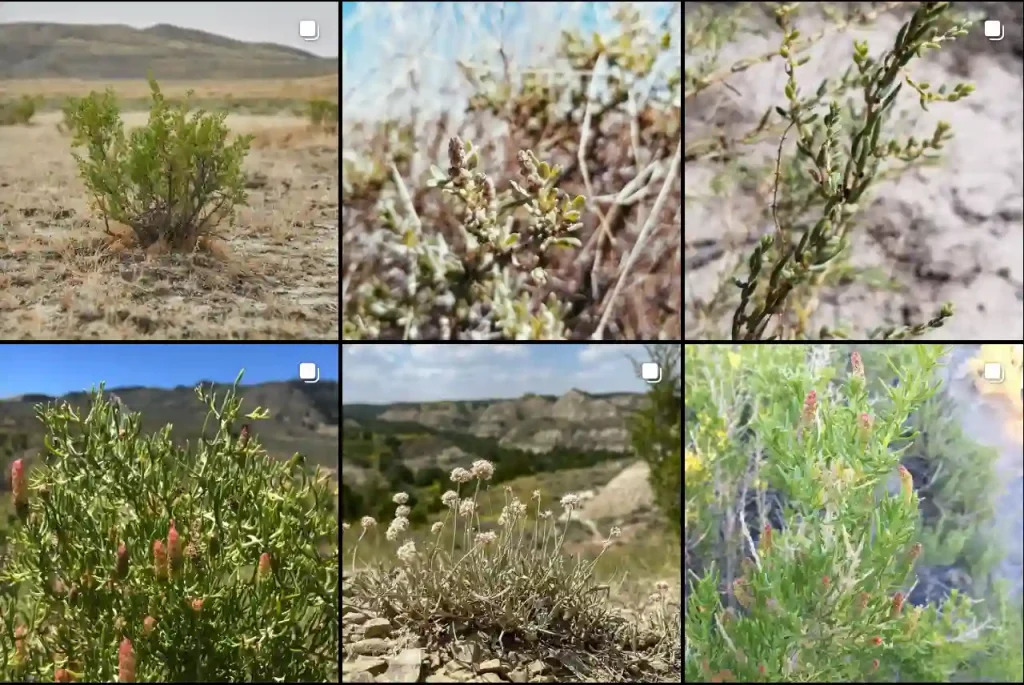
Frequently Asked Questions About Ampelopsis Arborea
I’ve always been fascinated by different plant species, and one that stands out to me is Ampelopsis Arborea, commonly known as Peppervine. It’s a unique vine that can easily catch your attention with its striking foliage and colorful berries. Over time, I’ve learned a lot about this plant through personal experience and research, so I’m sharing some frequently asked questions and my thoughts on this amazing, sometimes misunderstood vine.
16 Species in Genus Ampelopsis
What is Ampelopsis Arborea?
Ampelopsis Arborea, or Peppervine, is a deciduous vine native to the southeastern United States. It belongs to the Vitaceae family, the same family as grapes. This vine has a sprawling, climbing nature and can reach heights of up to 25 feet if given the proper support. Its foliage is dark green with deeply lobed leaves, but what sets it apart are the colorful berries it produces, which shift from green to vivid shades of blue, purple, and black as they mature.
How to Care for Ampelopsis Arborea?
Caring for Ampelopsis Arborea is relatively easy, making it a great choice for gardeners who appreciate low-maintenance plants. It thrives in full sun to partial shade, and it can adapt to various soil types, though it prefers well-drained soils.
In my experience, once established, this vine is quite drought-tolerant and doesn’t require much watering unless you’re in an exceptionally dry climate. However, I recommend watering during prolonged dry periods to keep the plant looking lush. Regular pruning will help manage its growth since it can spread aggressively if left unchecked.
How to Propagate Ampelopsis Arborea?
Propagating Ampelopsis Arborea is straightforward, especially if you’ve had some success with propagating other vining plants. The most common methods are through seed or cuttings. I’ve had success with stem cuttings, particularly during the growing season. Simply take a cutting, dip it in rooting hormone, and plant it in a well-draining potting mix. Keep it moist until you see new growth, which is a sign the plant has rooted.
Seeds can also be collected from the berries, but you’ll need to be patient as they can take longer to germinate.
Can You Grow Ampelopsis Arborea Indoors?
While Ampelopsis Arborea is typically grown outdoors, I’ve experimented with bringing it indoors, especially in colder climates where it wouldn’t survive the winter. The vine can adapt to indoor conditions as long as you provide it with plenty of sunlight and give it space to climb or trail. It’s not a traditional indoor plant, but with the right care, it can certainly add some greenery to your indoor space.
Is Ampelopsis Arborea Poisonous?
One of the most common questions people ask is, “Is Ampelopsis Arborea poisonous?” The answer is yes, parts of this plant are toxic if ingested. The berries, in particular, are mildly toxic to humans and pets, though the level of toxicity is considered low. If you have curious children or pets, it’s best to plant it in an area where the berries aren’t easily accessible. I personally haven’t had any issues, but I make sure to monitor pets around the garden just in case.
What to Plant with Ampelopsis Arborea?
When deciding what to plant alongside Ampelopsis Arborea, you’ll want to consider companion plants that can thrive in similar conditions. I’ve found that native grasses or low-growing perennials work well, as they can balance the bold, climbing nature of the vine. It also pairs nicely with other climbers, such as clematis, to create a visually dynamic mix of textures and blooms.
What Are Common Problems with Ampelopsis Arborea?
Ampelopsis Arborea is generally a hardy plant, but it’s not without its challenges. One issue I’ve come across is its tendency to spread rapidly. If you’re not careful, it can become invasive, especially in warmer climates. Keeping it pruned and regularly maintained will help keep it under control. Occasionally, I’ve noticed some leaf spot diseases, but nothing that has severely impacted the overall health of the plant. A good fungicide and proper spacing can usually prevent these issues.
Can Ampelopsis Arborea Become Invasive?
Yes, this vine has the potential to become invasive in certain areas, particularly in warm climates. While I appreciate its robust growth, it’s important to keep an eye on its spread. I always ensure to prune regularly and monitor its growth to prevent it from overtaking other plants in my garden.
Benefits of Ampelopsis Arborea
Despite its occasional challenges, Ampelopsis Arborea has plenty of benefits that make it worth growing. For one, it’s a fantastic plant for attracting wildlife. Birds love the berries, and it can provide shelter for various small animals. The colorful berries also make it an attractive addition to any landscape, adding a vibrant touch in the late summer and fall.
Comparing Ampelopsis Arborea with Other Similar Plants
Ampelopsis Arborea is often confused with other vining plants, particularly those in the Vitaceae family like wild grapes (Vitis spp.) or porcelain berry (Ampelopsis brevipedunculata). One of the main differences is the berries. Ampelopsis Arborea’s berries turn a deep blue or black when mature, whereas porcelain berry, a more aggressive invasive species, has berries that can be pale blue, green, or lilac.
While both vines share similar growing habits, Ampelopsis Arborea is generally considered less invasive than porcelain berry. From my personal experience, porcelain berry can easily take over an area, whereas Peppervine can be managed with regular care.
Final Thoughts
In summary, Ampelopsis Arborea is a beautiful, low-maintenance vine that can add charm and color to any garden. However, it does require careful attention to prevent it from spreading too aggressively, and you should be mindful of its mildly toxic berries. For me, the benefits outweigh the drawbacks, and it’s a great choice if you’re looking for an eye-catching vine that’s also easy to care for.
If i die, water my plants!



